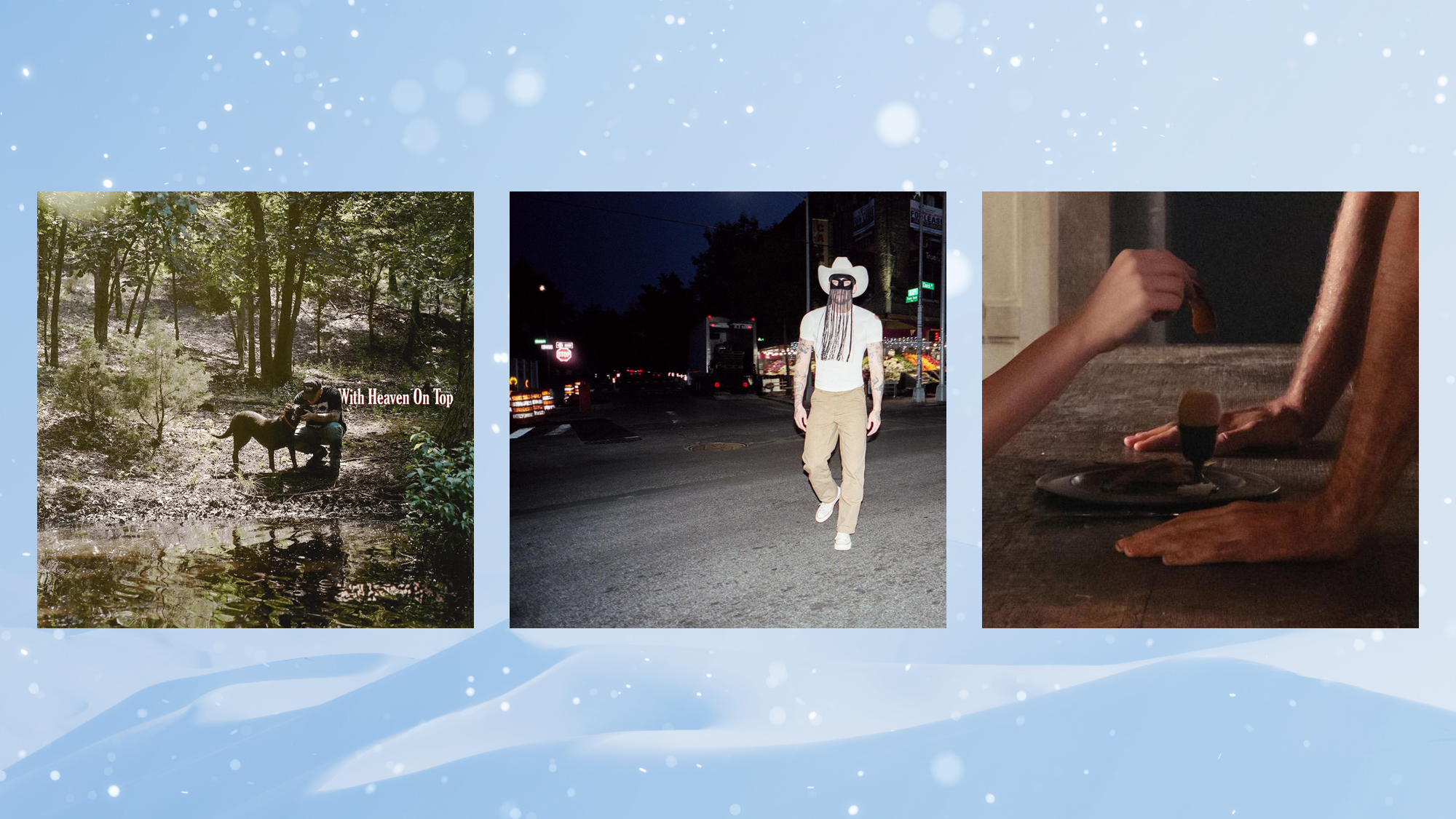Exhibit of the week: Art Spiegelman’s Co-Mix: A Retrospective
The retrospective of comic-book artist Art Spiegelman’s work shows both the high and low points of his career.
The Jewish Museum, New York City
Through March 23
The very idea of a museum mounting an Art Spiegelman retrospective is an embarrassment, said Jed Perl in The New Republic. The Queens, N.Y.–raised comic-book artist already has a Pulitzer Prize and a Museum of Modern Art show to his name, but he is “constitutionally incapable” of matching the artistry of his genre forebears, and his most celebrated work, the graphic novel Maus, rendered the horrors of the Holocaust “disturbingly cozy.” Far from being innovative, “his work is about giving comic books some high-culture airs,” so it’s a bit ironic that the curators of this show, which has already traveled from Paris to Cologne, Germany, claim that this venerated 65-year-old has helped tear down the wall between high and low. Pretentiousness is “pretty much Spiegelman’s M.O.” That, and failing ever upward.
The Week
Escape your echo chamber. Get the facts behind the news, plus analysis from multiple perspectives.

Sign up for The Week's Free Newsletters
From our morning news briefing to a weekly Good News Newsletter, get the best of The Week delivered directly to your inbox.
From our morning news briefing to a weekly Good News Newsletter, get the best of The Week delivered directly to your inbox.
This show certainly does his legacy no favors, said Ariella Budick in the Financial Times. To me, Maus at least worked brilliantly on the page: In 1986’s first volume and its 1991 follow-up, Spiegelman wove the story of the Holocaust with a “self-lacerating, pitiless, and unsentimental” account of the troubled relationship he had with his Holocaust-survivor father. He drew Nazis as cats and Jews as mice, and he managed the narrative so well that it’s a letdown to see Maus’s drawings yanked from context. To be fair, Spiegelman has had other fine moments. Some of the many covers he drew for The New Yorker had a “merciless, gloomy wit,” like the 1998 image in which reporters crowd President Bill Clinton and hold their microphones to his crotch. In the immediate aftermath of 9/11, “he turned righteously urgent,” teaming with his wife, Françoise Mouly, to create an image of two black towers “hovering, ghostly, against a black sky.” But Spiegelman’s career requires tighter editing: The high points here have been “swamped by juvenilia, outtakes, and mountainous evidence of his obsessive self-regard.”
To my eyes, “there’s rarely a dull moment,” said Holland Cotter in The New York Times. “Spiegelman has always been a restless experimenter,” so we see him in different phases moving from “the wacko anarchy of Mad magazine” to the psychedelia of Zap Comix to the mass-culture savvy behind the Garbage Pail Kids series that he created for Topps Chewing Gum. It could be argued that all of his work reads best on the page: The catalog for this show is “one of the tastiest-looking books of the year.” But seeing Spiegelman’s art “in its original preprint state” adds “an invaluable dimension” because in the erasures and revisions we get to watch him making decisions. The resulting work “is in every way the equivalent of art we see in museums all the time.”
A free daily email with the biggest news stories of the day – and the best features from TheWeek.com
-
 Will Trump’s $12 billion bailout solve the farm crisis?
Will Trump’s $12 billion bailout solve the farm crisis?Today’s Big Question Agriculture sector says it wants trade, not aid
-
 ‘City leaders must recognize its residents as part of its lifeblood’
‘City leaders must recognize its residents as part of its lifeblood’Instant Opinion Opinion, comment and editorials of the day
-
 10 upcoming albums to stream during the winter chill
10 upcoming albums to stream during the winter chillThe Week Recommends As the calendar turns to 2026, check out some new music from your favorite artists